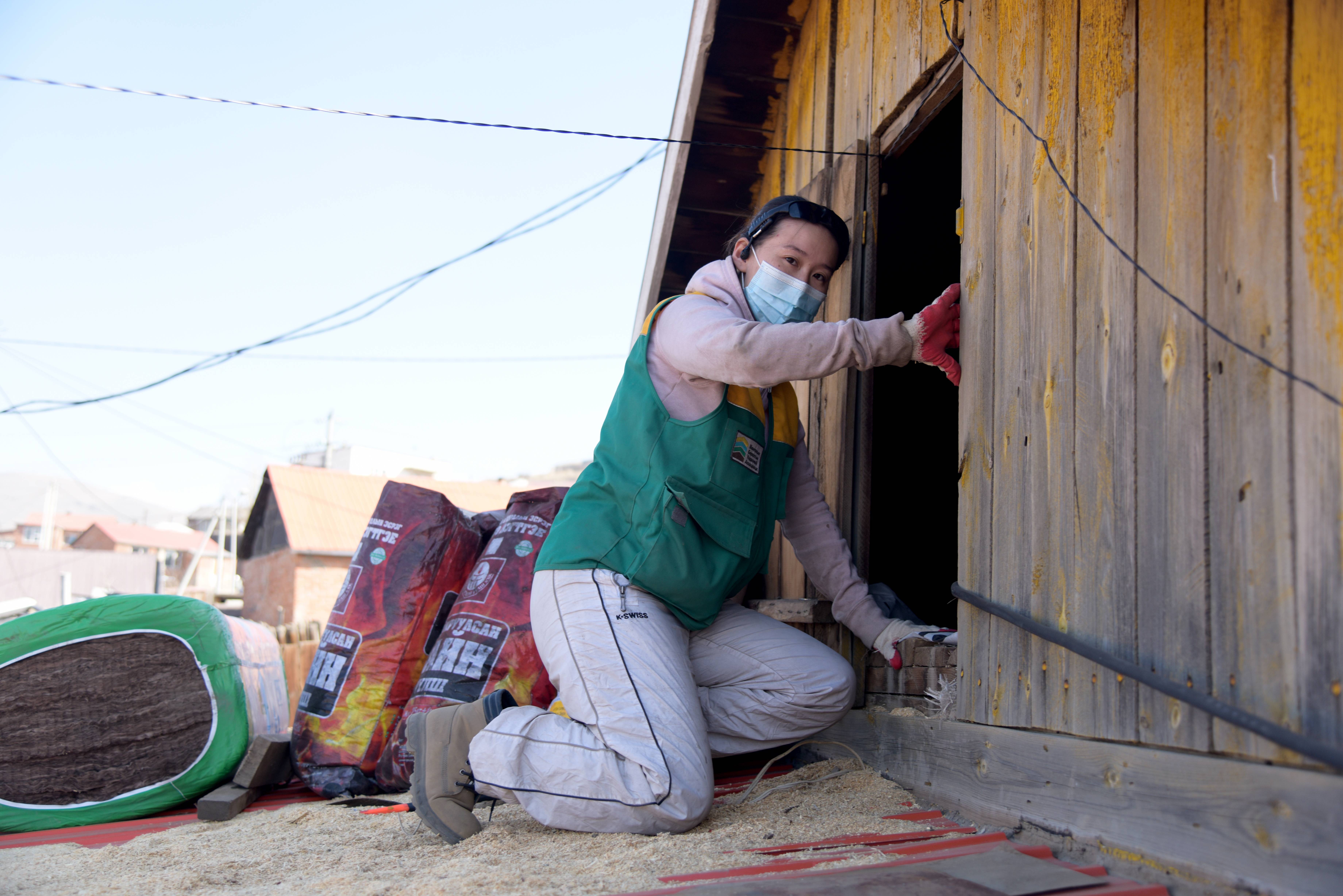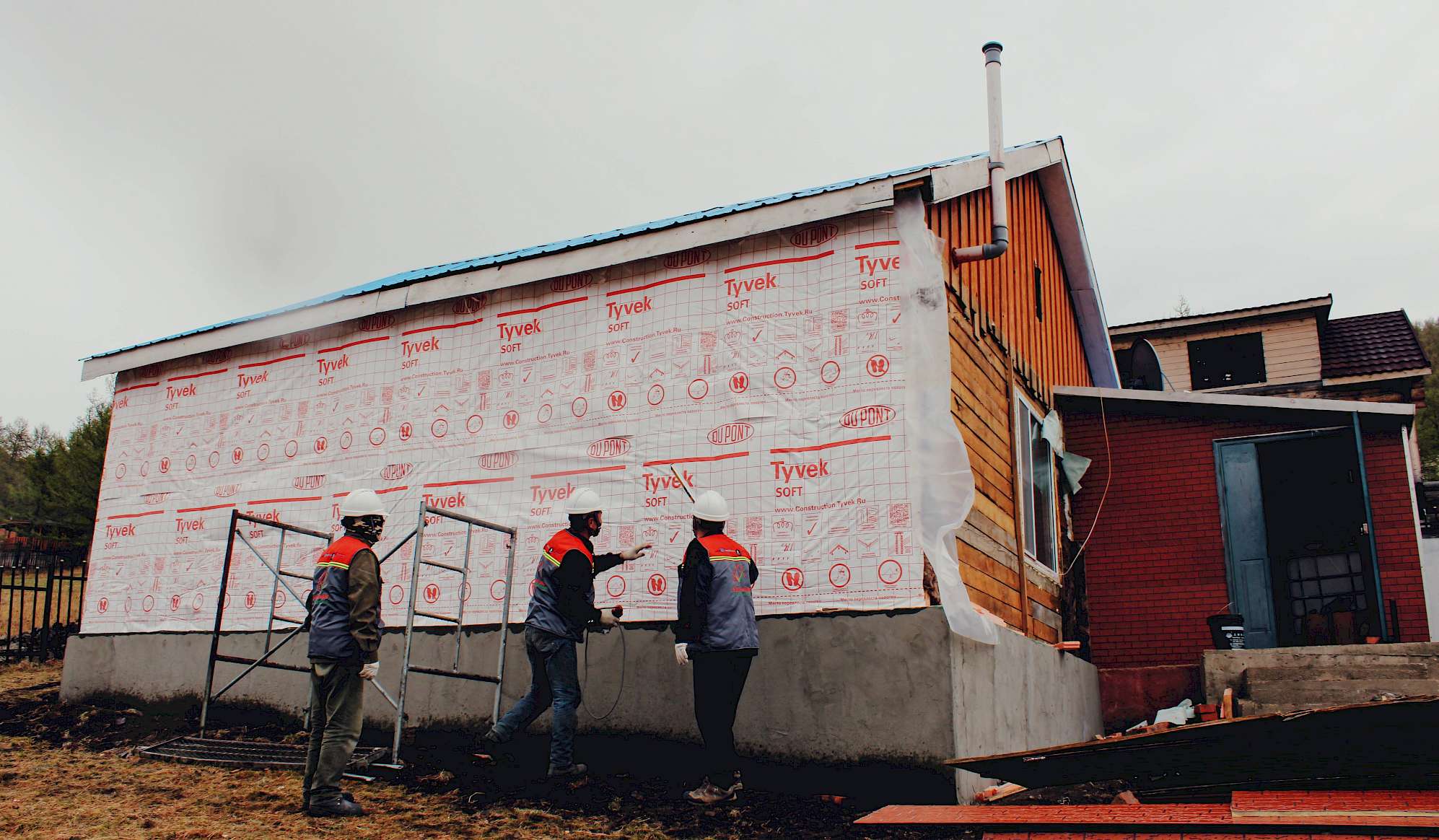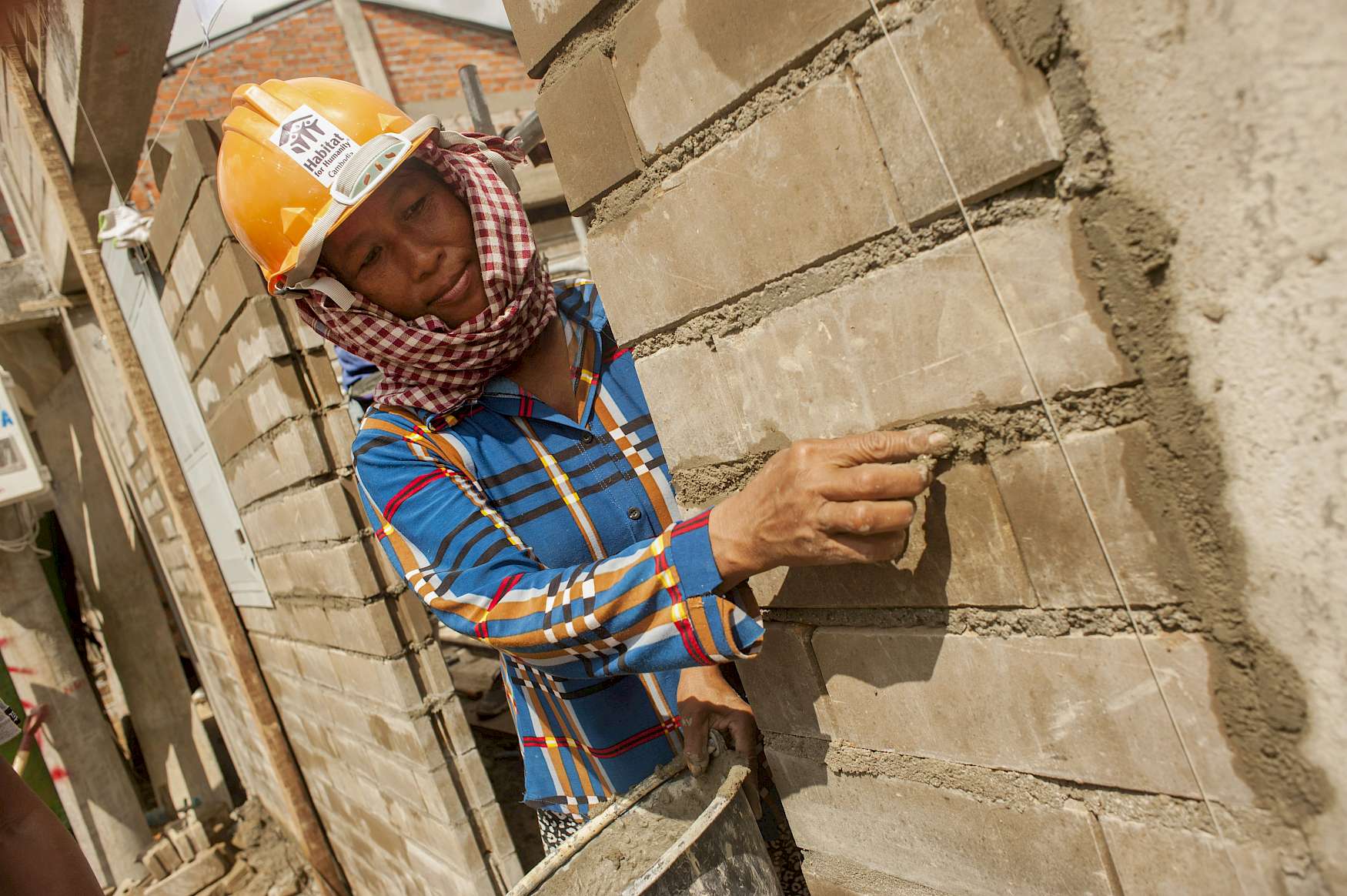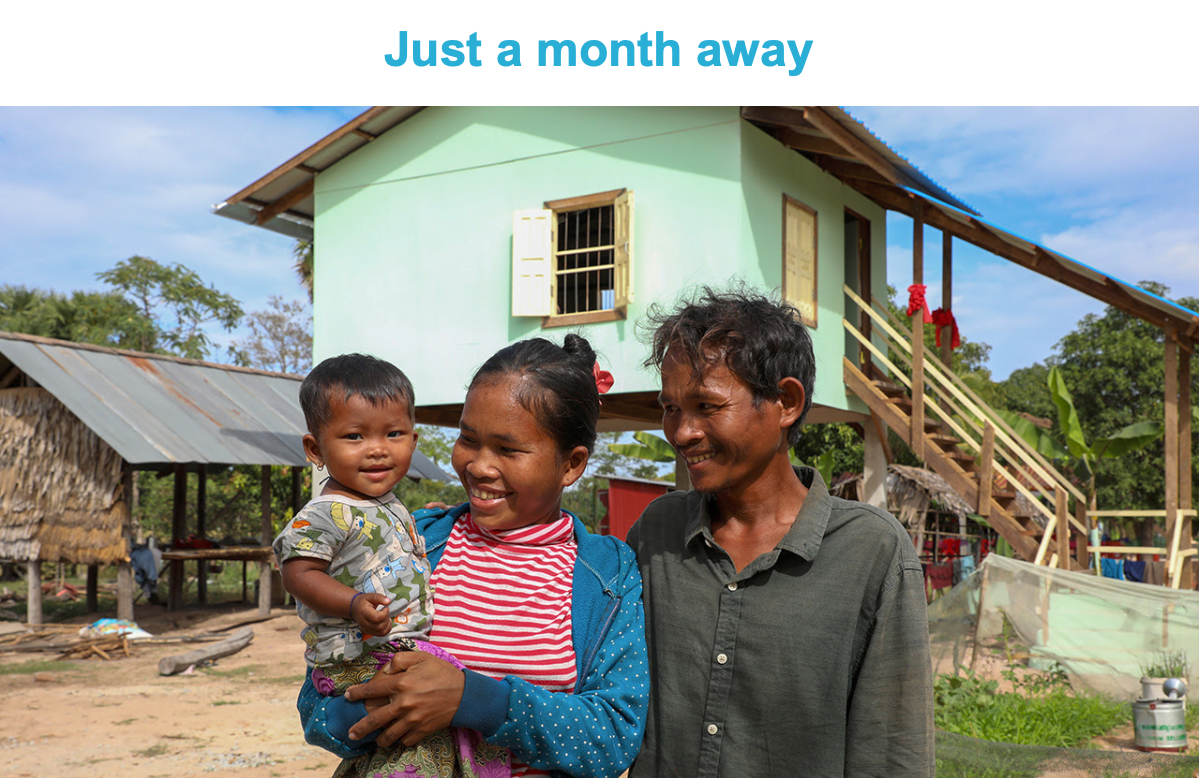
In the transition to a low-carbon, resilient and sustainable society and economy, buildings and construction activities play a critical role as they are the biggest sources of greenhouse gas emissions. As a matter of fact, they are responsible for more than 38% of global energy-related carbon-dioxide emissions, higher than any other sector.
The Asia-Pacific region became majority-urban in 2019 for the first time in history, and with more than 2.3 billion people living in cities, the need for a sustainable urban future has never been greater.
Asia’s building sector’s contribution to energy-related emissions is generally lower than other regions (due to inadequate housing conditions for a majority of Asia’s population); however, the addition of 1.2 billion new residents in Asia-Pacific cities between now and 2050 will have profound implications for the region’s economy, society and environment. Hence decisions made today will directly influence emission pathways.
This is true not only for the obvious link of energy use that is “built into” buildings – for example, space heating and cooling, electrical appliances and lighting – but also in terms of construction materials, where for example cement, steel and plastics carry high “embodied emissions” from their production processes. Here, consumption and production are visibly intertwined – in fact, they are two sides of the same coin.
To tackle buildings’ emissions and pressing housing issues holistically, it is important to think and act across sectors, and engage with all stakeholders. Pressing challenges like climate change, housing for all, environmental degradation and health cannot be tackled one by one and in silos, but rather need to be approached in an integrated manner.
This “multi-solving” is what sustainable consumption and production (SCP), one of the keystones of the United Nations’ Sustainable Development Goals, stands for.
At the fully virtual Eighth Asia-Pacific Housing Forum co-organized by the European Union–funded SWITCH-Asia SCP Facility and Habitat for Humanity, taking place on December 7-9, 2021, discussions among multiple-sector stakeholders will be brought forward.
The Housing Forum, with the theme “Building Forward Better for Inclusive Housing,” highlights the urgent need for building sustainable, affordable housing through inclusive approaches.
Many developing countries must deal with the challenges of making adequate housing available, as well as climate-change mitigation and adaptation, in their building sectors.
When carefully planned, mitigation and adaptation strategies for buildings not only can stimulate the growth of new businesses and jobs, but can also contribute to other development goals such as clean air, healthy environments, access to clean energy and water, and making cities and human settlements inclusive, safe, resilient and sustainable.
Another critical element that deserves particular attention is the social dimension, as it is in housing that social inequalities are felt most deeply.
Social inequalities have been evident during Covid-19 lockdowns when the most vulnerable could not safely shelter in place because of lack of decent, safe, adequate and affordable housing. When we talk about housing and health, no one should be left behind. That means tackling all the barriers in what we call the “housing ecosystem.”
The housing ecosystem is composed by all the social norms, formal and informal institutions, and trends and events that influence how people act to make changes that they value in their housing situations.
At the center of the housing ecosystem are people, with their capabilities, vulnerabilities, voices and influence. They are the ones who will make changes around their housing situations and who will define and realize the ways to improve their lives.
Some Asian governments have already made commitments to provide adequate housing to all. This means homes that need to be affordable, safe and secure, and provide healthy living spaces – comfortable in terms of temperature, light, noise and indoor air quality. This ambition should be the starting point for any intervention on reducing emissions.
Putting human needs at center
In its Regional Roadmap for Buildings and Construction in Asia (2020), the Global Alliance for Building and Construction lays out the many benefits arising from tackling the climate challenge holistically by putting human needs at the center, considering resulting social, economic and health benefits.
For example, improving access to clean energy not only solidifies climate commitments, but also leads to health benefits and poverty alleviation, as air pollution is reduced and employment is created. Community-based micro-entrepreneurs are needed to build and service decentralized renewable-energy installations.
The health impacts of switching to “clean energy” and green buildings are real. The World Health Organization (WHO) estimates that around 7 million people die every year from air pollution, with just over two-thirds of these premature deaths taking place in Asia.
Buildings and household air pollution can significantly increase the risks of both communicable and non-communicable diseases, including cardiovascular and respiratory diseases, pneumonia, stroke and lung cancer.
A holistic approach that puts human needs at the center is championed by the uptake of SCP practices. These encourage us to see all sectors as part of a human-built system that can and needs to be changed when joint societal goals, such as those formulated in the SDGs or the Paris Agreement, are not being met.
For example, updating building codes to integrate sustainability and climate change can also integrate mandates for non-toxic building materials, as well as standards for thermal comfort, light, noise and indoor air quality, thereby preventing diseases and improving residents’ well-being.
All stakeholders must be involved to improve the climate impacts of a sector, and any intervention needs to consider its wide-ranging negative and positive impacts.
This is particularly important for policymakers. While climate commitments may be long-term and made at the international level, developing solutions that are meaningful for living conditions and quality of life are immediate and highly local. Therefore, reducing emissions of Asia’s building sector must not be done in isolation, but by actively multi-solving the sector’s multiple issues, prioritizing the human need for safe, adequate housing.
The EU SWITCH-Asia Programme provides a platform for multi-solving partnerships and networks between Europe and Asia, also by supporting the implementation of national strategies and action plans on SCP practices.
With the assistance of the European Commission, Asian countries are supported to transition toward low-carbon, resource-efficient and more circular economies that contribute to poverty reduction and economic opportunities.
Since 2007, the program has implemented 15 grant projects contributing to sustainable housing in South, Southeast and East Asia. The program is also providing technical assistance to Pakistan on developing a green building code and to Kyrgyzstan on promoting energy efficiency in the construction sector.
The important support of the European Union results in improving resource efficiency and cleaner production, increasing energy saving housing solutions and access to finance, and contributing in all countries to national strategies and policies on climate mitigation.
The Mongolian experience

The SWITCH-Asia Switch Off Air Pollution (SOAP) Project implemented in Mongolia offers a practical example of how building and ensuring access to sustainable and healthy homes can improve public health outcomes, reduce inequalities, mitigate carbon and improve urban sustainability and resilience.
To respond to the increasing levels of toxic air pollution in Ulaanbaatar, the world’s coldest capital city, SWITCH-Asia SOAP was initiated in 2018 to promote energy efficiency in Mongolia’s housing sector.
The project is working to increase community awareness on the importance of insulation and its benefits by promoting a step-by-step approach. This has been done by developing an affordable building retrofit of varying cost and efficiency for households based on the needs and financial capacity of individual families.
“I did not imagine that the heat loss could be decreased so much by only doing insulation of the wall. I am now able to invite my grandchildren home. I plan to finish paying off the current [green] loan and again apply for a loan to finish the remaining insulation,” said Dolgorsuren, a project beneficiary.
SOAP retrofitting solutions can save families up to 70% of energy costs if fully implemented. The benefits of these solutions include improved health, increased energy efficiency and comfort, extra savings from heating, and reduced workload from coal burning.
Working toward these objectives, the project’s team is active on the ground connecting households with local construction workers, qualified suppliers, and green loans from financial institutions through a standardized delivery model that ensures the quality of the implementation and sustainability of the market mechanism.
Capacity-building of stakeholders of the delivery model is ensured continuously. Furthermore, the developed technical procedures of the project are included in the Construction Codes and Standards on Building Envelope thermal insulation of Mongolia.
Focusing on the most vulnerable

Habitat for Humanity also recognizes that it is marginalized and vulnerable groups that are disproportionately affected by climate change. The organization promotes the use of locally available and sustainably sourced materials and construction practices toward environmentally friendly shelter solutions.
In Nepal, for example, Habitat for Humanity built environmentally friendly bamboo houses using local technologies and locally available materials.
In the Philippines, in partnership with the Hilti Foundation, the organization is using cement frame bamboo technology to build 10,000 housing units that are clean, green, safe and disaster-resilient.
Other projects Habitat for Humanity has implemented range from solar-power projects to energy-saving cooking stoves to increase energy efficiency of the home.
The time for action to decarbonize the existing and future building stock in Asia is now. But national and local governments must consider which additional solutions in terms of health, safety and security, economic development, and quality of life this leveling-up can provide.
Collaborations between decision-makers and public and private actors across the value chain, as well as occupants, are a prerequisite to achieving a zero-emission, efficient, and resilient buildings and housing sector, ensuring that livelihoods, society and the environment are protected now and in the future.
Join our conversation, Register to the Eighth Asia-Pacific Housing Forum. The Forum will take place from 7th-9th December 2021 and this year’s theme is "Building forward better for inclusive housing".
This Op-ed was published by the ASIA TIMES and is available here
COSIMA STAHR
Cosima Stahr is the key expert for South Asia at the SWITCH-Asia Sustainable Consumption and Production Facility.
REBECCA OCHONG
Rebecca Ochong is a senior manager for the Asia-Pacific region at Habitat for Humanity International.



